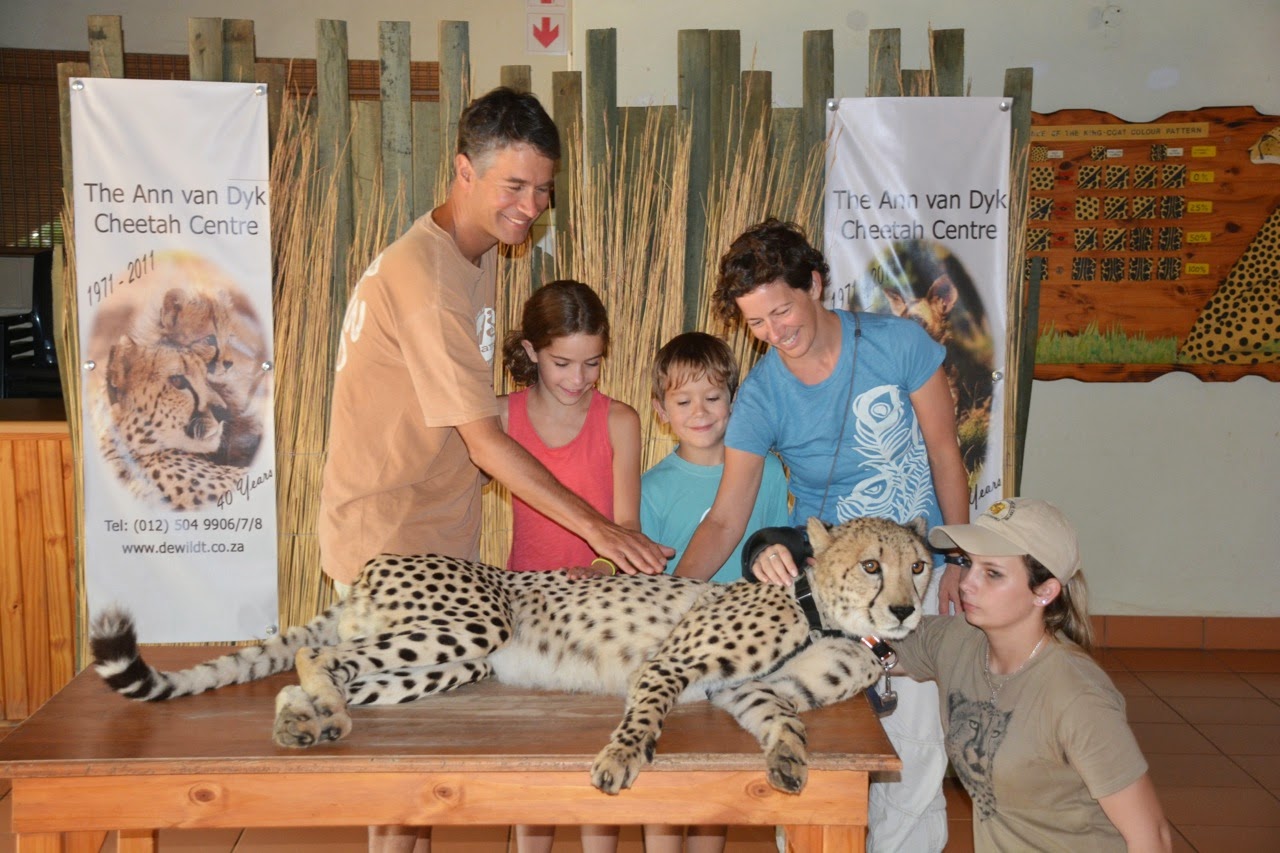By Jamie and Jason
 |
| We went on a safari in Ranthambhore Reserve |
Jason:
In Ranthambhore, India, we went on a safari and saw a tiger. The tiger we saw on the safari was a big male tiger. Our safari was cold because we went on it in the morning. We went in an open-air Jeep that could hold six-seven people, plus a driver and a guide. We found the tiger by its footprints and its roar.
 |
| Tiger footprint |
 |
| The male tiger we saw |
 |
| Another picture of the tiger we saw |
 |
| Our open-air jeep |
Here is some information about tigers:
- All tiger stripes are not the same. No two tigers have the same pattern of stripes.
- It's not a good idea to have tigers as pets because when they get older and play with you, they could hurt you very badly.
- There are about 1700 Bengal tigers left in the wild in India. Bengal tigers are also called Indian tigers.
Jamie:
Here are some more facts about tigers:
- There are 3200 tigers in the wild. There are 8 subspecies of tigers. 3 of them are extinct.
- Male tigers can be 9 to 9 1/2 feet long. Female tigers are about 8 1/2 feet long.
- The size and color of different species of tigers can be different based on their surroundings and climate.
- They sometimes eat leopards and bears. They usually eat sambar deer (a type of deer found in India) and bovids (hoofed mammals like antelope and bison).
- Hungry tigers sometimes eat up to 60 pounds in one night.
 |
| Sambar deer |
 |
| Spotted deer |
 |
| Indian antelope |
Tigers are endangered. In some places the habitat isn't big enough to live in, and tigers need a big habitat. They have lost habitat because people are using it for agriculture, or farming, and people living in areas that used to be forest. People hunt their prey, so they don't have enough prey. One more threat to tigers is that people kill the tigers and use tiger parts for traditional medicine.
 |
| Farm very close to Ranthambhore - the little covered platform is a place where farmers sometimes sleep to guard against wild animals |
Countries where tigers live have formed a group, and by the year 2022, the Year of the Tiger on the Chinese lunar calendar, they want to double the number of tigers. Their goal is to have 6,000 tigers living in the wild.
I loved seeing that tiger, and I hope that the countries that are trying to save tigers achieve their goal.





























